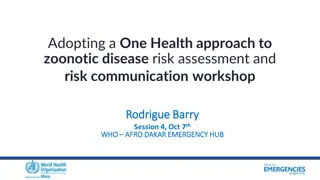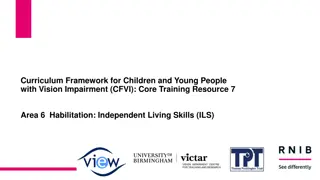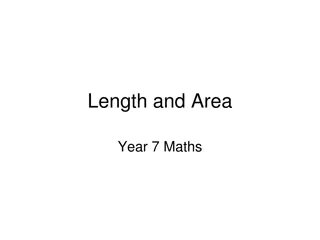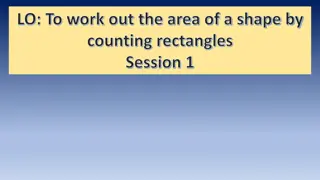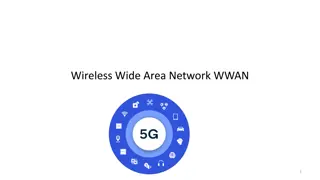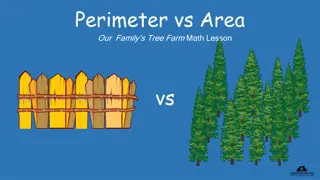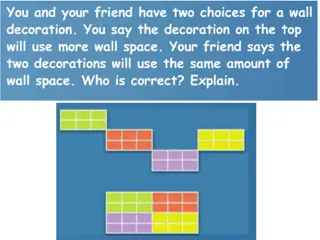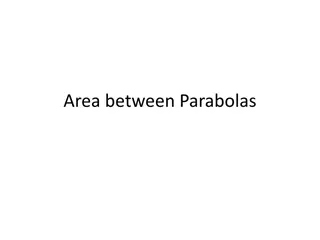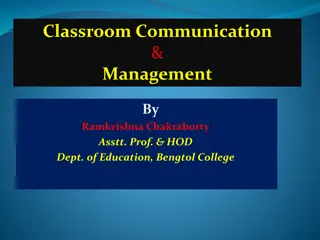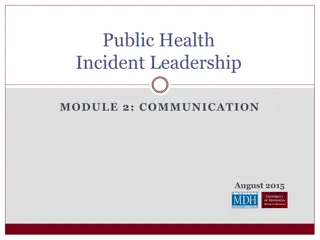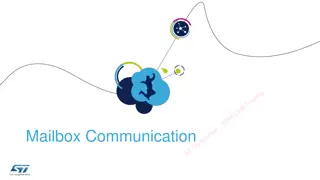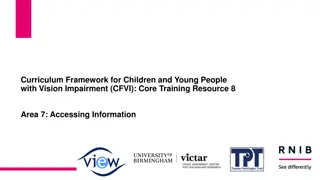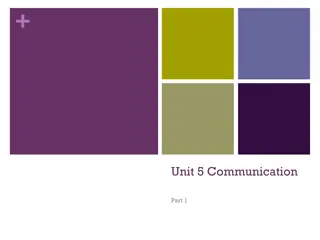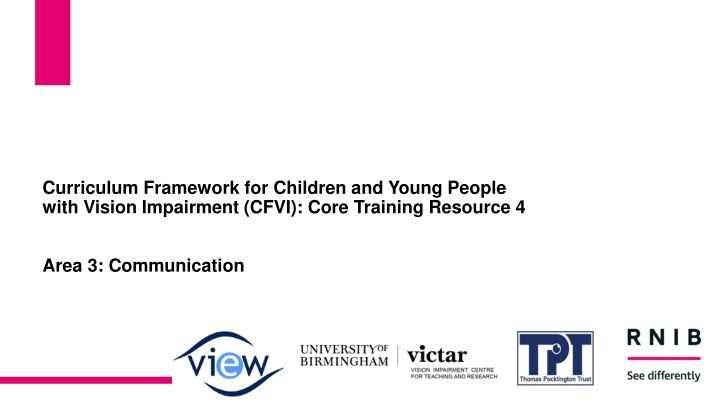
Effective Communication Strategies for Children with Vision Impairment
Explore the Curriculum Framework for Children and Young People with Vision Impairment, focusing on Area 3 - Communication. Discover the importance of specialized approaches, stakeholder roles, and useful resources to support communication development in learners with vision impairment.
Download Presentation

Please find below an Image/Link to download the presentation.
The content on the website is provided AS IS for your information and personal use only. It may not be sold, licensed, or shared on other websites without obtaining consent from the author. If you encounter any issues during the download, it is possible that the publisher has removed the file from their server.
You are allowed to download the files provided on this website for personal or commercial use, subject to the condition that they are used lawfully. All files are the property of their respective owners.
The content on the website is provided AS IS for your information and personal use only. It may not be sold, licensed, or shared on other websites without obtaining consent from the author.
E N D
Presentation Transcript
Curriculum Framework for Children and Young People with Vision Impairment (CFVI): Core Training Resource 4 Area 3: Communication
Project Partners There are 4 partner organisations involved in the CFVI project. The production of these training/continuing professional development materials was led by VIEW (The Professional Association for the Vision Impairment Education Workforce), in association with a consultation group of stakeholders working in the field of VI Education.
Curriculum Framework for Children and Young People with Vision Impairment (2022, p.15)
Training Objectives (1) The objectives of this training resource are to: Provide an introduction to Area 3 of the CFVI: Communication. Examine why a focus on this area is important for learners with vision impairment. Outline some specialist adjustments and teaching approaches. Examine the role of key stakeholders in supporting the development of communication. Provide links to useful resources/websites.
Training Objectives (2) Customisable slide if needed (see notes for the previous slide which give examples of training objectives that you could consider, depending on the nature of your presentation).
About this area: Communication This area of the framework recognises the importance of working with the child/young person to develop effective communication in formal and informal settings. This might involve specialist adjustments and approaches to teaching or adopting alternative or bespoke approaches. It is an area closely linked to Area 4 of the CFVI: Literacy. Specialist practitioners have an important role in facilitating collaboration and guiding decision-making in relation to a child/young person s communication pathway. Approaches should be informed by: the specific preferences, needs and circumstances of the child and young person. working collaboratively with others e.g. Speech and Language Therapist (SALT), Multi-sensory impairment (MSI) teacher.
Identifying potential barriers to access (1) Situation A child new to a school (without a VI and age appropriate communication skills) accessing a print timetable. What does vision tell the child in this situation? a printed timetable will aid understanding; depending on age this may be a more formally presented subject based timetable, or perhaps a pictorial representation of the day. older children will understand time and access a clock to understand lesson transition. they will access nonverbal cues around them that might suggest change: children beginning to pack their bags, teachers/TAs setting up a different activity in part of the classroom and so on. In addition, as their communication skills have developed in an age appropriate way, they may ask others what is happening next and understand the response.
Identifying potential barriers to access (2) Situation Inclusive strategies to reduce barriers to learning ? ? ? A child new to a school (with a VI little/or no useful vision) and additional learning needs which include (presenter to provide overview here).
Identifying potential barriers to access (3) Child/young person brief profile Add here Situation ?
Why is a focus on this area important? for all children .
Examples of targeted intervention approaches for Area 3 listed in CFVI to reduce barriers (1) A clear and developing communication pathway, informed by assessment. Receptive and expressive communications. Communication and literacy development through sensory stories that are appropriate for children and young people with VI. Choosing appropriate and suitable communication approaches (or combinations of approaches) for learners. Teaching and supporting good communication skills to empower the learner to articulate their needs in different environments. Teaching on modes of communication for the workplace, such as email, video conferencing, and support for understanding the use of language in formal work settings.
Examples of targeted intervention approaches for Area 3 listed in CFVI to reduce barriers (2) Social skills, including social norms and awareness of nonverbal cues. Appropriate and accessible communication approaches for learners, e.g. visual/tactile symbols, spoken, sign language, sign systems, on-body signing, objects of reference/tangible symbols, tactile symbols, auditory/vocal. visual/tactile access to dual communication boards, including technology that relies on communication through various kinds of switches. augmentative and alternative communication (AAC). body language. spoken word, working with scribes.
Why a focus on this area is important for (name of child/young person); what interventions are in place? Details of pupil s vision impairment. How it influences their communication/communication pathway. What interventions are in place to promote communication What are the envisaged outcomes? Who delivers/works on these outcomes?
Summing up Vision impairment creates distinctive barriers to access, learning and participation for children and young people. Targeted intervention approaches within inclusive learning environments (See CFVI, Area 1) are also required to promote effective communication. Collaborative working with the child/young person, family and educators is required to maximise the use and development of their communication skills.
What resources are available The Bookshare Hub hosting resources to support the delivery of the CFVI is available from the RNIB (External) Of particular relevance to this area is Communication category of the CFVI Resource Hub The CFVI provides a list of targeted intervention approaches (page 20): Curriculum Framework for Children and Young People with Vision Impairment | RNIB
References Hewett, R., Douglas, G., McLinden, M., James, L., Brydon, G., Chattaway, T.,Cobb, R., Keil, S., Raisanen, S., Sutherland, C., Taylor, J., (2022) Curriculum Framework for Children and young People with Vision Impairment[CFVI]: Defining specialist skills development and best practice support to promote equity, inclusion and personal agency. RNIB




